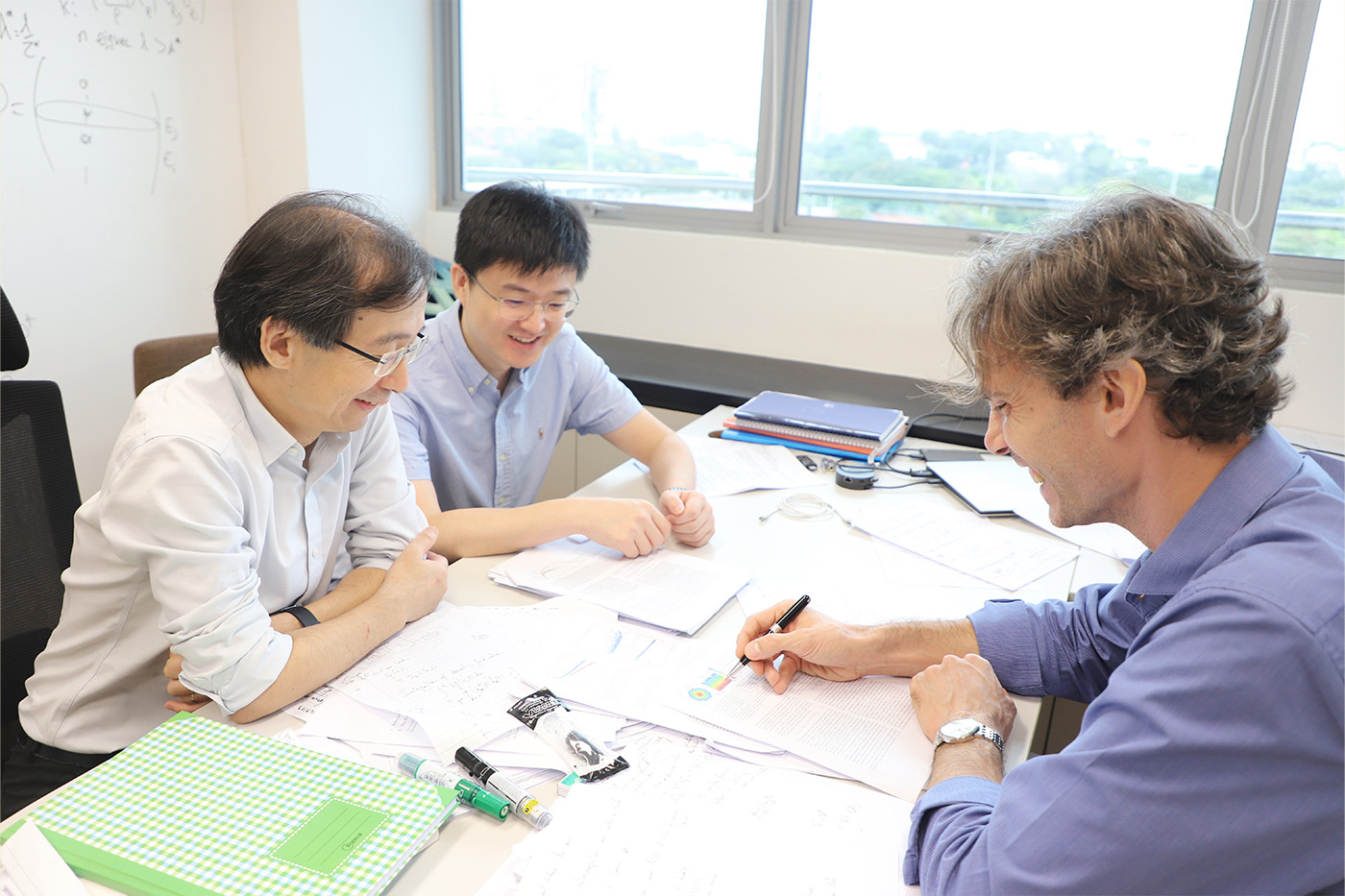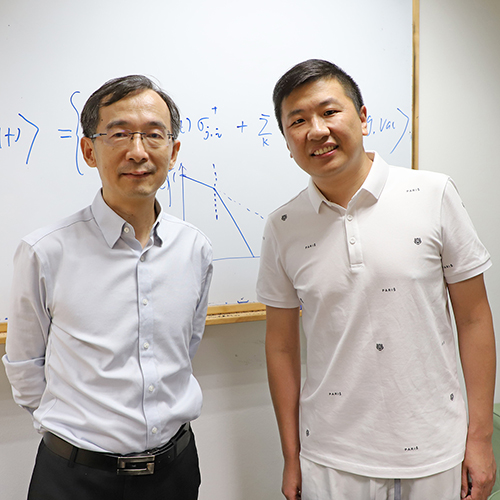Highlights
Researchers find surprising connections between coffee drops and wave packets
![]() Look closely the next time you spill coffee. The physics that describes the coffee drops' wavy edges also hold insights into the behaviour of a wave packet of a quantum particle in a disordered plane. Image credit: Shutterstock.com/Pixel-Shot
Look closely the next time you spill coffee. The physics that describes the coffee drops' wavy edges also hold insights into the behaviour of a wave packet of a quantum particle in a disordered plane. Image credit: Shutterstock.com/Pixel-Shot
A coffee droplet lands on a piece of paper, seeps in and spreads. What has the physics of this phenomenon got to do with the transport of wave packets of a quantum particle in the presence of disorder? There are surprising connections, according to a paper by Mu Sen, Research Fellow at the NUS Department of Physics, CQT Principal Investigator Gong Jiangbin and CQT Visiting Research Associate Professor Gabriel Lemarié. Their findings are published in Physical Review Letters on 23 January 2024.
“The main idea is to build an analogy between two very different kinds of physics, something like a dictionary,” says Gabriel. “It is difficult and not at all obvious but you can learn a lot.”
Gabriel and Jiangbin began collaborating in 2020. They are both researchers under the MajuLab International Research Laboratory, which facilitates collaboration between researchers in France and Singapore. Jiangbin is also Head of the NUS Department of Physics.
The researchers were studying the transport of quantum wave packets in a disordered medium, specifically, the phenomenon known as Anderson localisation. Scientists are interested in understanding how wave packets move because waves are behind many processes: light, sound and quantum particles, for example, all travel as waves in different media.
Disorder, or randomness, in a medium affects the behaviour of waves through the medium. Instead of moving freely through, the wave packet is scattered and interferes with itself. The interference can cause the wave packet to stop spreading. It ‘freezes’ and remains localised. This is a key mechanism for the metal-insulator transition in disordered materials.
The disorder in the medium also causes the wave packet density to fluctuate. The researchers were interested in characterising this fluctuation in a two-dimensional Anderson localised wave packet. Enter the coffee droplet.
Building a dictionary
The physics of a coffee droplet spreading on paper can be described by a framework known as Kardar-Parisi-Zhang (KPZ). A big field in physics and mathematics, the universal framework describes the growth of rough interfaces. It can explain the behaviour of many types of systems, from how fire propagates in forests to bacteria colony growth and traffic flow.
“KPZ physics is extremely well understood. I would say almost anomalously well,” says Gabriel.
While it may look circular, a coffee droplet on paper has fluctuations at its edges. These fluctuations become stronger as the coffee droplet spreads on the paper. How the fluctuations grow as the droplet spreads with time can be described by the physics of disorderly surface growth. KPZ physics is one prominent example.
Analogously, in two-dimensional Anderson localisation, a wave packet spreads in a plane from a point of origin. After some time, it freezes and is exponentially localised. This means the wave packet density peaks at the point of origin but decays exponentially the further it gets from the origin point. The fluctuations in the logarithm of wave packet density grow with the distance from the origin point – a behaviour the researchers found KPZ physics describes too.
The researchers simulated the dynamics of a quantum wave packet in two systems known to host Anderson localisation: the kicked rotor, a paradigmatic model of quantum chaos which can be realised experimentally with cold atoms, and the Anderson model, introduced by physicist Philip Anderson in 1958 to describe Anderson localisation for the first time. These two models can be mapped approximately to a directed polymer model, which is a classical model known to have KPZ physics, in the limit of strong disorder.
 (From left) Gong Jiangbin, Mu Sen and Gabriel Lemarié have built an analogy between two different branches in physics – Kardar-Parisi-Zhang physics, which describes the growth of a rough interface, and the transport of wave packets in a disordered medium, specifically Anderson localisation.
(From left) Gong Jiangbin, Mu Sen and Gabriel Lemarié have built an analogy between two different branches in physics – Kardar-Parisi-Zhang physics, which describes the growth of a rough interface, and the transport of wave packets in a disordered medium, specifically Anderson localisation.
Insights from KPZ
The researchers’ numerical data gave some surprising results. The fluctuation characterised by the distribution function in KPZ physics did not have a mean of zero, unlike what researchers knew from one-dimensional Anderson localisation.
“There is a so-called stretch-exponential correction,” says Mu Sen, who conducted the numerical simulations and is first author of the work. “This was not known in our community and is something we learnt from KPZ.”
Jiangbin says, “By being bold enough to make the analogy, we were able to convey this new physical phenomenon and enhance our understanding of Anderson localisation physics.”
A future direction would be to investigate slow dynamics such as that in glassy systems.
Learn more
Related Stories
 | Researchers discover new means to manipulate light emission September 07 2022 |
Quantum fluid of light ripples to theory’s predictions January 19 2024 | |
New methodology can guide design of energy-efficient quantum computers November 29 2023 |






